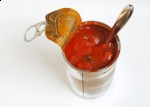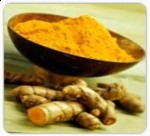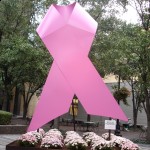Breast cancer awareness means different things to different people.
But let’s get real. Breast cancer, like all cancers are better prevented than cured. I think we can all agree we would rather NOT get cancer during our life time. But the reality is, many don’t feel we have a say in the ‘Dis-Ease’ process.
We get handed illness – we don’t choose illness.
Can we hand ourselves HEALTH? I believe we can!
Prevention is the cure! Every day, we can give ourselves health. In the foods we eat, the thoughts we focus on and the life we create.
So, how Preventable is Breast Cancer?



 Another day and another friend/mother/sister/daughter diagnosed with breast cancer. Today breast cancer is affecting one in every eight women sometime during their lifetime in the USA, Europe and the UK. Looking around at my friends, family and extended family we need no reminders of the impact of these statistics. But there is good news, actually GREAT news– medical researchers at the Institute of Molecular Biotechnology (IMBA) of the Austrian Academy of Sciences in Vienna identified a key protein that triggers breast cancer and in December 2012 received a grant of $7.4 million from the USA Congressionally Directed Medical Research Program for ongoing research.
Another day and another friend/mother/sister/daughter diagnosed with breast cancer. Today breast cancer is affecting one in every eight women sometime during their lifetime in the USA, Europe and the UK. Looking around at my friends, family and extended family we need no reminders of the impact of these statistics. But there is good news, actually GREAT news– medical researchers at the Institute of Molecular Biotechnology (IMBA) of the Austrian Academy of Sciences in Vienna identified a key protein that triggers breast cancer and in December 2012 received a grant of $7.4 million from the USA Congressionally Directed Medical Research Program for ongoing research.






